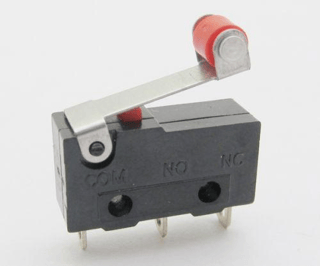I'm currently involved in a college team design project and we're creating a "dance" floor that can be switched on and off by stepping on a plexiglass tile.
I'm looking for the best way to gather an input from the floor button. We tried using a floor switch which is built to take the weight, but the travel of the button worried me, as more moving parts means more things can go wrong. Our prototype.
I tried doing something simpler by using 4 regular small buttons. This worked somewhat well but I don't think it would take weight very well.
I looked into other solutions - a flat force sensor (with no moving parts) seemed like a great solution - but they are relatively expensive compared to buttons. They also are analog. Although we can use an MCU to convert it into a simple "on/off" I'd prefer to avoid that.
I also looked at piezoelectric components. These seemed like the best bet, but again are analog and can produce a noisy signal.
Is there something like a no-travel, flat, resilient and cheap switch? Is there something like a force sensor but as a simple pushbutton digital switch?
Apologies if this is the wrong forum but I'm feeling a bit lost searching through the endless tables of DigiKey.

